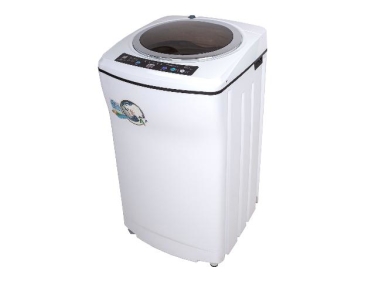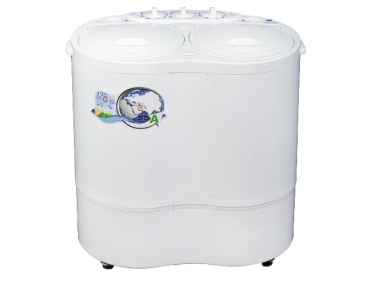Top 5 Tips for Importing to Ghana
If you want to successfully import goods into countries like Ghana, all proper goods clearance procedures must be followed. Here are some pointers to help you get started.

To import goods into Ghana, the proper procedures for goods clearance must be followed once the products have been dispatched. If you follow these five tips, you can successfully import your products:
1. Get the Right Documents
As any experienced exporter knows, obtaining and processing the necessary documents before and after importing your goods is vital. This is no different in Ghana, where the harbor authority will ensure that every product entering the country has the necessary documentation.
To ease the clearance procedure, the following documentation must be present before or at the time the imported goods arrive at Ghana's ports:
- Bill of lading or original waybill
- Attested invoice
- An import declaration form from the Ministry of Trade
- A packing list
- Permits required by respective regulatory agencies according to the product type. Examples include the Ghana Standards Authority (GSA) and Food and Drugs Authority (FDA).
- Taxpayer Identification Number (TIN) and the Ghana Card PIN (GRA)
2. Submit a Declaration
Once you have all of the necessary documents, it is critical that you follow the procedure for successfully clearing your imported goods to avoid delays and hassles. The declaration must be submitted as the first step in this procedure.
Before or after the shipments arrive, the clearing agent must file a declaration in the Integrated Customs Management System (ICUMS) front end that includes all of the aforementioned requirements.
The declaration will be processed by the ICUMS on three levels:
- Classification
- Valuation
- Approval

3. Pay All Necessary Taxes and Duties
Next, you must spend money at participating banks to cover duties and taxes, assuming your declaration is properly processed through the ICUMS using the tax bill created. Again, the Clearing Agent is in charge of this, and the duty due is determined by the price of the products, the type of goods, and the commodity rates.
Verify the declaration, then use the ICUMS to choose an examination officer.
4. Release Your Goods
Depending on the risk levels, the tax bill received from the bank is delivered to the inspection officer, scanning officer, or releasing officer at the departure gate with different color indications:
- The color red indicates an obligatory physical examination;
- Yellow means digital scan;
- Green shows that automatic scanning is en route out of the MPS port but was stopped at the gate.
Also, scanned shipments earmarked for physical examination are inspected after discharge.
5. Secure the Right Transport for Goods
After completing these steps, you must release the products and your waybill for security screening at the exit gate. Then, you must arrange for the appropriate transportation to transport your goods to their final destination.
Let Export Portal Help You
New to the world of trade? Work with Export Portal to trade with verified companies and experts from all over the world.


















Comments 1